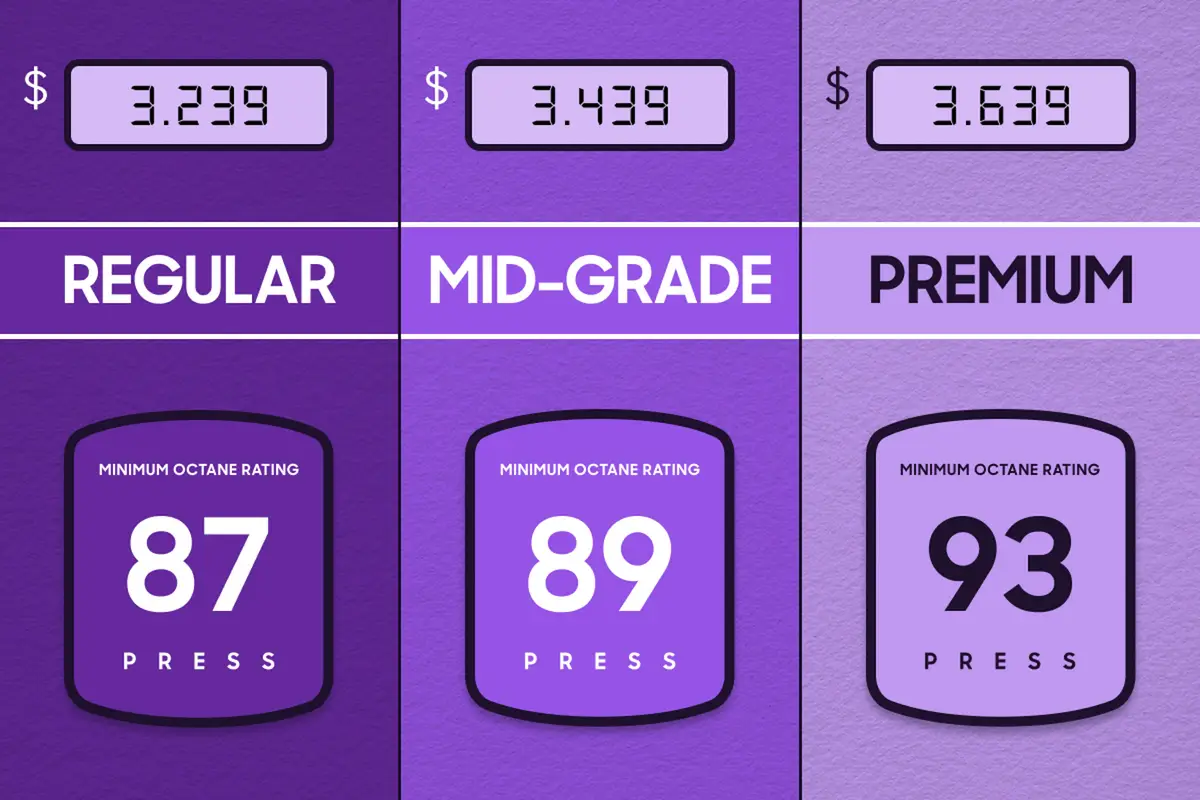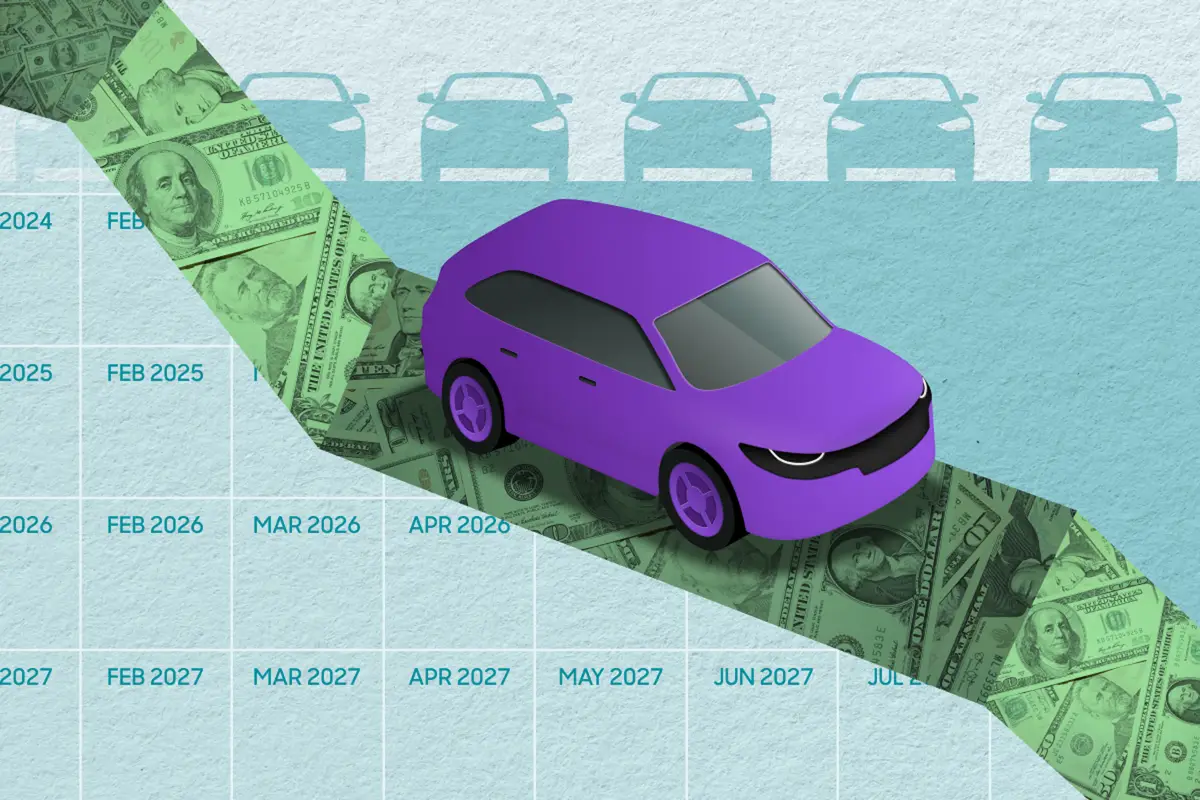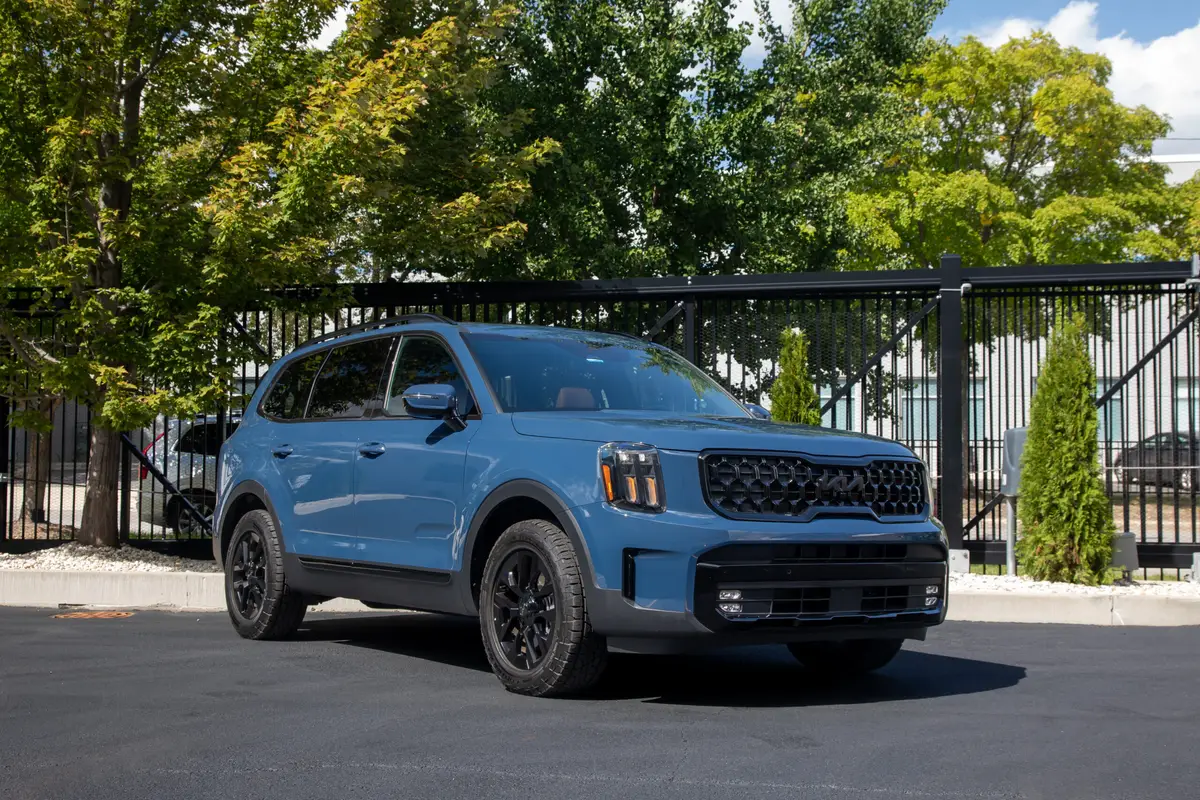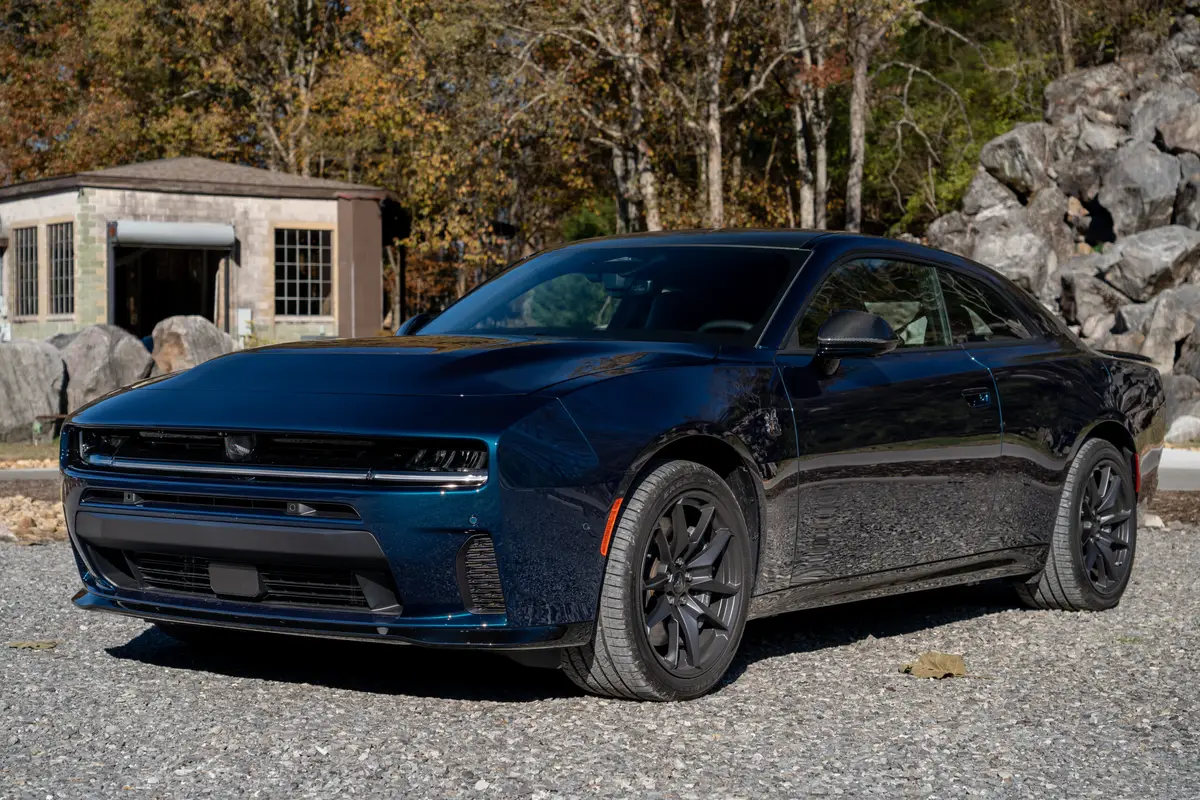If Premium Gas Is Recommended for My Car, Will Using Regular Void the Warranty, Ruin the Engine?

If premium gas is only “recommended” for your car, using regular shouldn’t cause any problems — unless you hear a knocking or pinging sound coming from your engine, most likely under acceleration. But if the word “required” is used (as in, “premium fuel required”), that’s a different story.
Related: Do I Need to Use Engine Oil or Fuel Additives?
How Is Premium Gas Different From Regular?
- Premium fuel has a higher octane rating (91-94) than regular gas (85-87).
- For cars that require premium fuel, using regular gas instead could void the warranty.
- When premium fuel is recommended, the vehicle can also run fine with regular gas. However, using premium or even mid-grade can help improve performance or fuel economy.
Compared to regular-grade gasoline, premium fuel has a higher octane rating, which is expressed as a number. Whereas regular is typically listed at 87 octane (or 85 in some western or high-altitude states), premium is usually 91-94 octane. Since that octane number indicates how well the fuel resists pre-ignition in the engine that can cause damage, it’s an important consideration in cases where premium fuel is required. Some manufacturers have published grave warnings about using regular-grade gas in their “premium-only” engines and warn that the use of regular gas could void the warranty.
But if premium is only recommended, you should be able to get by using regular gas. Some cars may instead have labels indicating that premium is recommended, but mid-grade (usually 89 octane) is acceptable. Most cars will have the fuel requirement shown inside the fuel-filler door or on the gas cap, and it will certainly be listed in the owner’s manual.
If premium fuel is recommended, it’s often to eek out a little more power or fuel economy. For instance, Mazda has stated that its turbocharged 2.5-liter four-cylinder engine puts out 227 horsepower on regular gas and 250 hp on premium.
What to Do if You Put Regular Gas Into a Car That Requires Premium
- Using regular gas once may not harm the vehicle if it requires premium, but it may cause knocking or pinging.
- Adding an octane booster to a tank of regular is easier than mixing both regular and premium fuels.
While a single dose of regular gas may not do any harm to a car that requires premium — at least if it’s not really hot out and you drive gently — it could well be something you don’t want to risk. Any kind of knocking or pinging from the engine as a result would indicate a problem.
While you can mix regular gas with premium to come out with an average octane number (half a tank of 87-octane regular and half a tank of 93-octane premium comes out to a tank of 90-octane gas), a faster, easier method is to add an octane booster to your tank of regular. Octane boosters come in a bottle that may be sold at gas stations, auto parts stores and some big box stores. You can do an internet search for “best octane boosters,” but it’s probably a good idea to look for a bottle from a name-brand supplier with a long, slender neck at the top that will fit through the little flap on your fuel-fill opening. Be sure to read the instructions on the bottle along with any warnings, and avoid spilling any on your paint, as octane boosters can be corrosive.
Read More About Fuel Maintenance:
- Do Fuel Injectors Need Periodic Cleaning?
- Why Do Cars Get Worse Fuel Economy in Cold Weather?
- What Are the Most Fuel-Efficient Cars?
- What Is Good Gas Mileage?
- What Is Top Tier Gasoline, and Why Should I Use It?
Wait, So Could I Use Octane Boosters to Save Money?
- Using an octane booster to save money on fuel is not generally a good idea since it may also harm the engine during long-term use.
- It’s best to instead fill up the tank with the correct octane rating to ensure performance.
As some octane boosters are intended for folks driving souped-up cars, they may not have the long, slender neck needed to easily add it to your tank. The labelling on the container might also be vague about exactly how much it will increase the octane of regular gas. There’s also some indication that octane boosters may harm your engine over the long haul (and some aren’t intended for use with catalytic converters), so using an octane booster on a regular basis as a “money saver” isn’t necessarily a great idea.
Most name-brand octane boosters cost about $10 a bottle, may raise the octane number by only three digits (87 up to 90) and treat about 20 gallons of gas. That’s 50 cents per gallon, and you’re still not turning “regular” into “premium,” so you’d really need to use 1.5 or two bottles.
As of this writing, roadside services provider AAA lists the national average price of regular at $3.16 a gallon, mid-grade at $3.65 and premium at $4 flat. That puts the per-gallon difference between regular and premium at 84 cents. As well as it being easier to just fill your tank with premium, you’d be fairly certain you were getting the octane your engine requires.
Related Video:
Cars.com’s Editorial department is your source for automotive news and reviews. In line with Cars.com’s long-standing ethics policy, editors and reviewers don’t accept gifts or free trips from automakers. The Editorial department is independent of Cars.com’s advertising, sales and sponsored content departments.
Featured stories

15-Year Car Loans Aren’t a Thing, But Americans Are Getting More Comfortable With Long Loan Terms

2025 Kia Telluride Review: Rougher Roads Ahead



